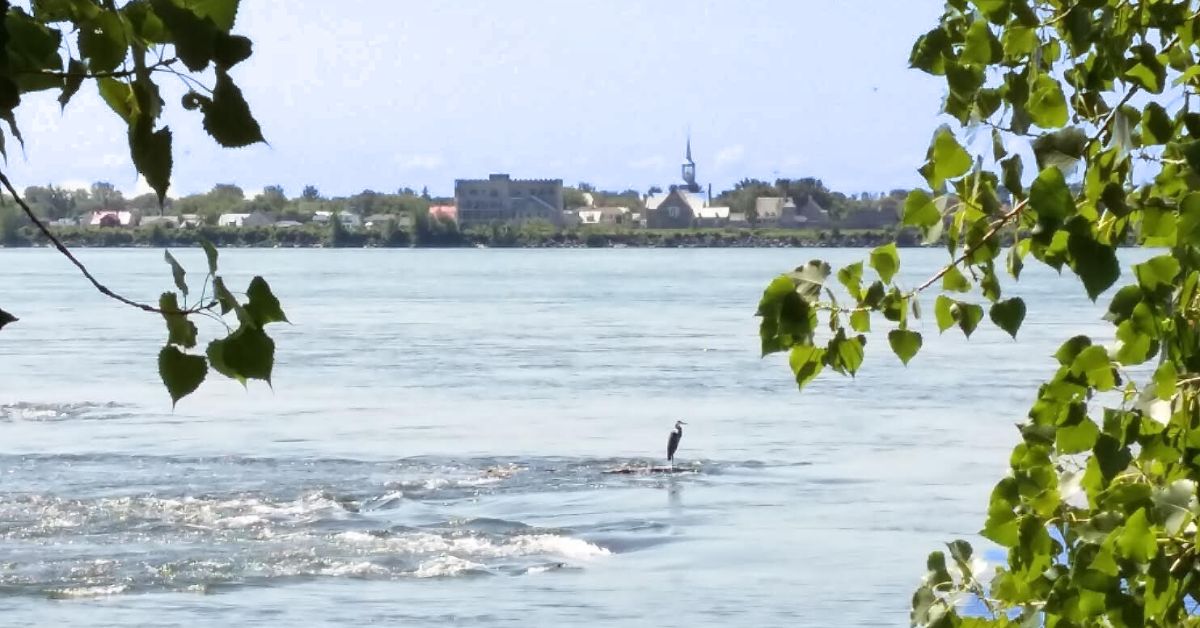A recent Quebec Superior Court decision departs from Supreme Court of Canada precedent and proposes a new framework for Aboriginal rights under s.35(1).
Continue readingRussell Chiong
Russell Chiong focuses on Aboriginal law, Specific Claims, Impact Benefit Agreements, environmental impacts and assessments, and First Nations governance issues.
Continue readingMario Garcia
Mario Garcia uses his legal skills to advocate for, and advance, the cultural, environmental and economic development objectives of his clients.
Continue readingTegan Heywood
Tegan Heywood has a strong foundation in corporate and commercial law, regulatory compliance, and environmental advocacy and is dedicated to advancing the rights of Indigenous peoples in Canada.
Continue readingOntario courts apply the Aboriginal title test to submerged lands and find historical treaty breach
A recent decision from the Ontario Court of Appeal considered two claims brought by the Saugeen First Nation and the Chippewas of Nawash Unceded First Nation. This is the first time an appeal court has considered the application of the Aboriginal title test to claims to title over waterbodies.
Continue readingBC’s New Litigation Directives Encourage Negotiation over Litigation with Indigenous Peoples
The Province’s “new approach to litigation” seeks to transform the government’s relationship with Indigenous peoples by prioritizing alternative dispute resolution and negotiated settlement over adversarial, courtroom litigation that presents challenges to achieving reconciliation.
Continue readingFrances Ankenman
Frances Ankenman is a skilled advisor advocating for and collaborating with First Nations in treaty negotiation and implementation, strategic consultation with the Crown, drafting legislation and advising treaty and non-treaty First Nations in the law-making process.
Continue readingLandmark decision opens door to private law remedies for First Nations: A case summary of Thomas and Saik’uz First Nation v Rio Tinto Alcan Inc.
The BC Supreme Court ruled that Rio Tinto Alcan is interfering with Aboriginal fishing rights and causing harm to fish in the Nechako watershed. A team of Ratcliff lawyers worked in collaboration with the Sai’kuz and Stellat’en First Nations to advance the claim and achieve this significant step forward in Aboriginal Law in Canada.
Continue readingKevin D. Lee
Kevin D. Lee is the Managing Partner of Ratcliff LLP. He is an experienced senior advisor, litigator, and mediator known for in-depth analysis and creative problem solving with experience across major Aboriginal rights and title cases, multi-decade & complex civil litigation matters, contract and employment issues, and estate and real property disputes.
Continue readingOverview of legal matters to be considered in for-market development of First Nation reserve lands
An overview of legal matters to be considered in connection with a for-market development of First Nation reserve lands. For-market development of reserve lands involves many complex legal matters, the number and complexity of which may vary significantly between developments, depending on a wide range of variables.
Continue readingStructuring First Nations Economic Development
More and more Indigenous governments are investing, and are directly involved, in for profit business ventures. Brent Lehmann outlines considerations for First Nation governments for participating in mainstream economic development.
Continue readingTreaty Closing and Implementation Activities
Once a treaty has been negotiated, there are numerous activities that must be completed in order to “close” and then “implement” the treaty. Brent Lehmann provides insights on activities required of a first nation relating to the closing and implementation of their treaty.
Continue readingDevelopment of Aboriginal lands: Successes, risks and environmental concerns respecting contaminated sites
An overview of the most common land management regimes that govern development and environmental management on Aboriginal lands in B.C.
Continue readingBand councils, band moneys and fiduciary duties
Band councils owe fiduciary duties to their bands and to band members. These are distinct duties and while they are generally compatible they can, in some circumstances, conflict. Although the relationship between these duties has not received much attention from courts or academics, it is of great practical importance for band councils.
Continue readingCommercial fisheries: Should commercial fishing rights be included in modern treaties?
Given the cultural and economic importance of commercial fishing to BC First Nations, and in particular coastal First Nations, the answer to this question is obviously “yes”. However, this answer must be qualified somewhat: “Yes, provided the inclusion of commercial fisheries in the treaty meets the cultural and economic needs of the respective First Nation”.
Continue reading









